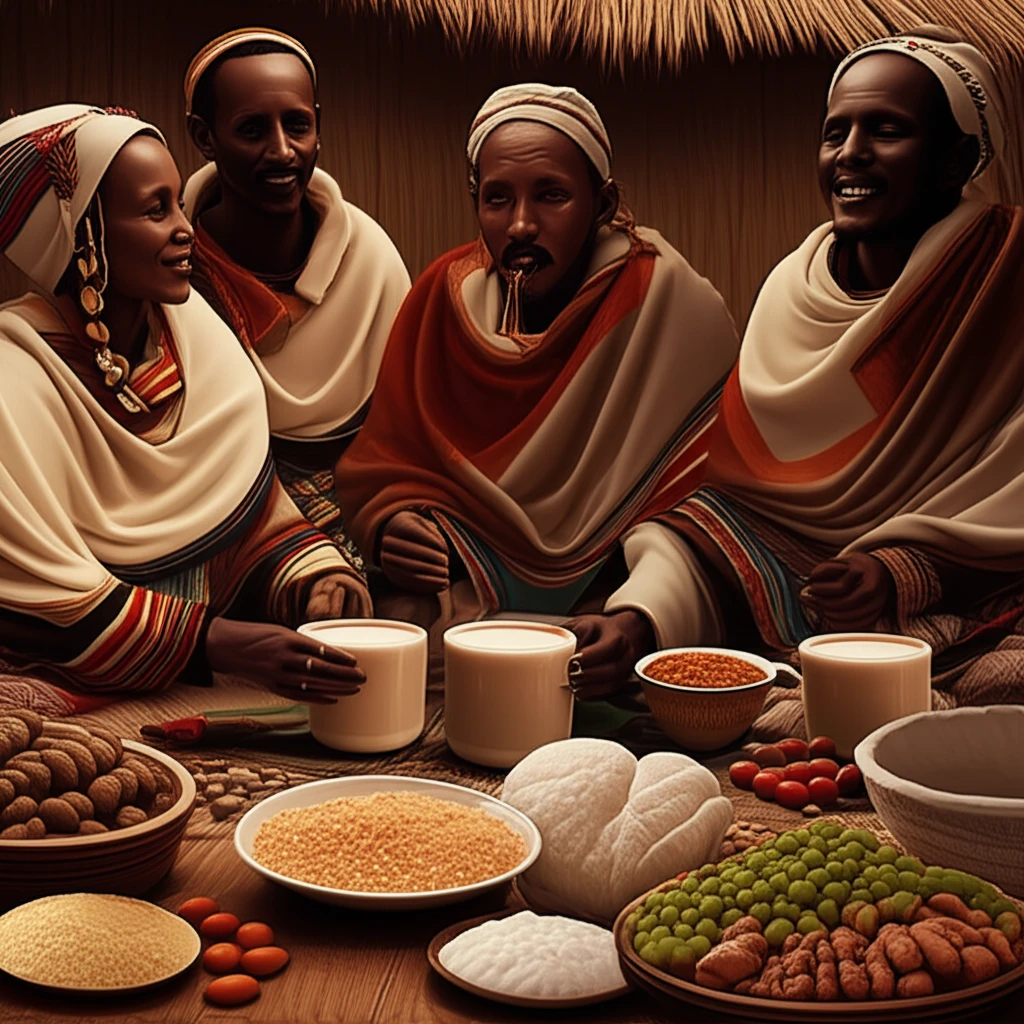
Beyond the Buzz: Unpacking the Nutritional Secrets and Potential Risks of Cheka, a Traditional Ethiopian Beverage
"Exploring the cultural significance, nutritional profile, and health considerations of Cheka, a fermented beverage from Southwestern Ethiopia."
In the heart of Southwestern Ethiopia, a vibrant culture thrives, interwoven with traditions passed down through generations. Among these cherished customs is the consumption of Cheka, a fermented beverage that holds a special place in the lives of the Dirashe and Konso communities. Cheka is more than just a drink; it's a cultural emblem, a source of sustenance, and a social cornerstone.
This article delves into the depths of Cheka, exploring its composition, the way it's made, and the potential health implications associated with its consumption. Through scientific analysis and cultural insights, we aim to provide a comprehensive understanding of this traditional beverage, shedding light on its nutritional value and potential risks.
As we embark on this exploration, we will uncover the secrets of Cheka, from its humble beginnings as a cereal and vegetable-based concoction to its role in the daily lives of the people in Southwestern Ethiopia. We'll navigate the world of fermentation, learn about the ingredients that make Cheka unique, and examine the scientific findings that shape our understanding of its impact on health. So, join us on this journey as we unravel the story of Cheka, one sip at a time.
Unveiling Cheka: Ingredients, Production, and Cultural Significance

Cheka's creation begins with a blend of cereals and vegetables, carefully selected to achieve the desired flavors and nutritional profile. The primary ingredients typically include grains like yellow maize, sorghum, and barley, which form the base of the beverage. These grains are combined with various vegetables, contributing to the drink's unique taste and texture. The specific combination of ingredients often varies depending on the local traditions and preferences.
- Cultural Significance: Cheka is deeply ingrained in the cultural fabric of the Dirashe and Konso communities, often served during social gatherings, celebrations, and daily meals.
- Regional Variations: The ingredients and preparation methods may vary depending on the specific locality, reflecting the diverse traditions and agricultural practices of the region.
- Community Tradition: Cheka production is often a communal activity, with families and neighbors coming together to create and share the beverage.
Final Thoughts: Balancing Tradition with Health
Cheka, with its rich cultural heritage, offers a glimpse into the traditions of Southwestern Ethiopia. While it provides some nutritional value and may offer social benefits, it's crucial to consume it with awareness. Understanding the nutritional profile, potential alcohol content, and the context of its consumption allows individuals to make informed decisions that align with their health goals. By balancing the appreciation of tradition with a commitment to well-being, we can celebrate Cheka while ensuring a healthy and vibrant future for all.
